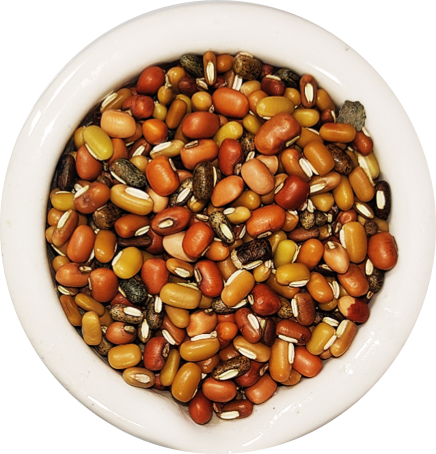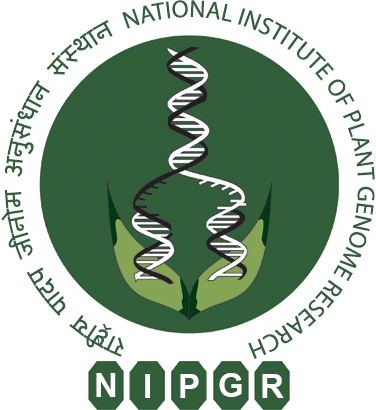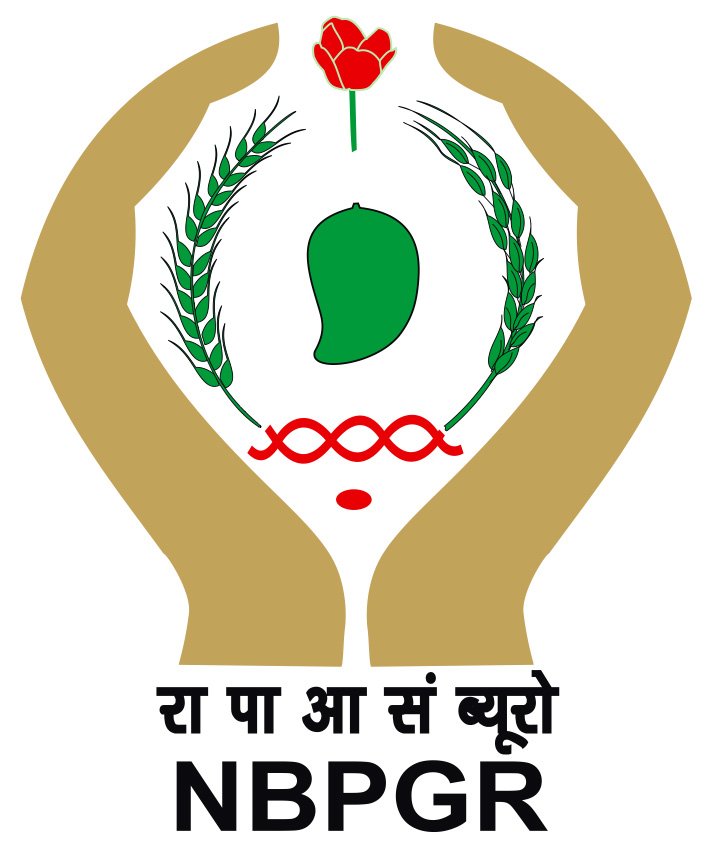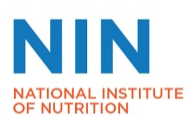Legumes are the second most consumed crop and provides 33% of dietary protein. Ricebean, Vigna umbellata (Thunb.) is a kharif-season annual legume. Its seeds are consumed as pulse. It is considered as a minor legume as it is grown in limited areas as intercrop with maize and sorghum. It is mostly grown in uplands throughout Indo-China region extending in to Nepal and Bangladesh. It is adaptive to a diverse range of environment and can grow in resource- poor soil. It is a rich source of protein and minerals, and is resistant to various pests and diseases. Despite being a high-yielding nutritionally rich crop majority of its germplasm accessions and varieties suffers from many undesirable attributes, including asynchronous and late maturity, indeterminate growth habit, high pod dehiscence and seed shattering habit, and enhanced level of a few anti-nutritional components as compared to other major food legumes resulting underutilization of this crop. Very limited information regarding genetic and genomic resources, and a lack of systematic efforts towards phenotypic and genotypic characterization of germplasm accessions conserved at genebanks impede genomics-assisted breeding applications and genetic enhancement of rice bean. This primarily restrict our understanding on the genetic basis of aforesaid undesirable traits in this legume food crop. To accomplish these major gaps, Department of Biotechnology, Govt. of India has funded a project ‘Integrated genomic strategy for accelerating domestication of Ricebean’ under the mission program ‘Genetic Enhancement of Minor Pulses’. This multi-institutional project is being implemented at three institutes, National Institute of Plant Genome Research (NIPGR), ICAR-National Bureau of Plant Genetic Resource (NBPGR) and ICMR-National Institute of Nutrition (NIN) to delineate functionally relevant potential molecular signatures as well as to decipher domestication pattern and gene regulatory mechanism governing desirable agro-morphological and nutritional quality component traits at a genome-wide scale that are essential for popularization, commercialization, genetic enhancement and accelerated domestication of rice bean.
The near complete reference Ricebean genome published and released *





